The Mong people in Mu Cang Chai, Yen Bai , have a very unique profession, which is to use beeswax to paint because after completion, the whole fabric will be dyed indigo. The white parts of the fabric without beeswax will be dyed indigo. The parts with beeswax, where the indigo cannot penetrate, will turn blue-white. This is a job that requires meticulousness.
Let's learn about the art of beeswax printing on fabric of the Mong people through the photo series "The art of beeswax printing on fabric of the Mong people in Mu Cang Chai" by author Nguyen Ngoc Van, to see the patterns on brocade costumes of Mong women in Mu Cang Chai are crafted through many stages: embroidery, weaving, fabric patching, but the most unique is the art of drawing and printing patterns with beeswax on fabric - a traditional craft that has existed for generations with the people in the highlands. The photo series was sent by the author to participate in the Photo and Video Contest Happy Vietnam - Happy Vietnam, organized by the Ministry of Information and Communications .
The Mong people have a unique and rich secret to creating patterns on fabric. They embroider without a ready-made pattern but by memory, embroidering on the back side, the pattern appears on the right side of the fabric with rich motifs containing the human values of the ethnic community.
The art of creating patterns with beeswax on traditional costumes is a series of handcrafted, sophisticated steps, with colors and materials taken from nature. In particular, the technique of drawing beeswax on fabric is a sophisticated step, requiring meticulousness, creating a unique beauty for the traditional costumes of Mong women here that is difficult to find anywhere else.
First, the flax is cut, dried, pounded until soft, and then joined. Before weaving, the flax fibers are soaked in wood ash. The wood ash must be white, made from firewood. The whiter the wood ash, the whiter the flax will be when soaked. To get a pure white color for the cajuput to adhere better when dyed, the fabric must be washed and dried carefully, then the fabric surface must be smoothed and shiny.
Next is the process of making beeswax for drawing. Yellow beeswax is young wax, black is old wax, take all the honey and cook each type in a different pot until melted, pour into separate bowls. Take a sufficient amount of black wax, mix well with an equal amount of yellow wax and put on the stove. When starting to draw wax on the dress, cook these two types of wax together to melt. When heating the wax, always keep the heat at a temperature of 70 - 80 degrees, the wax will not dry out. To draw beeswax on fabric, you must use a drawing pen.
The technique of creating patterns on fabric shows that the Mong people reflect the personality and aspirations of people throughout their history of development.
Vietnam.vn


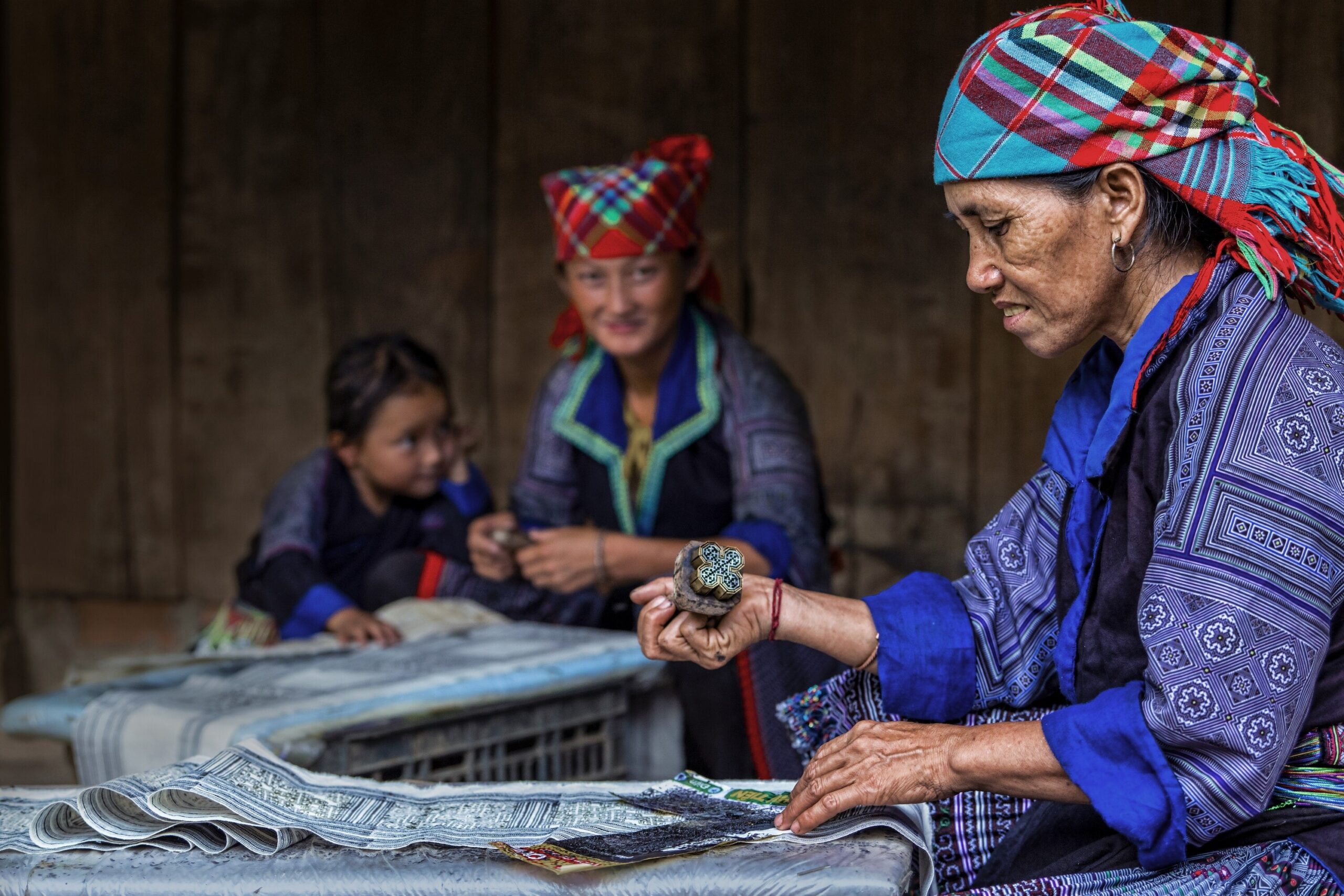
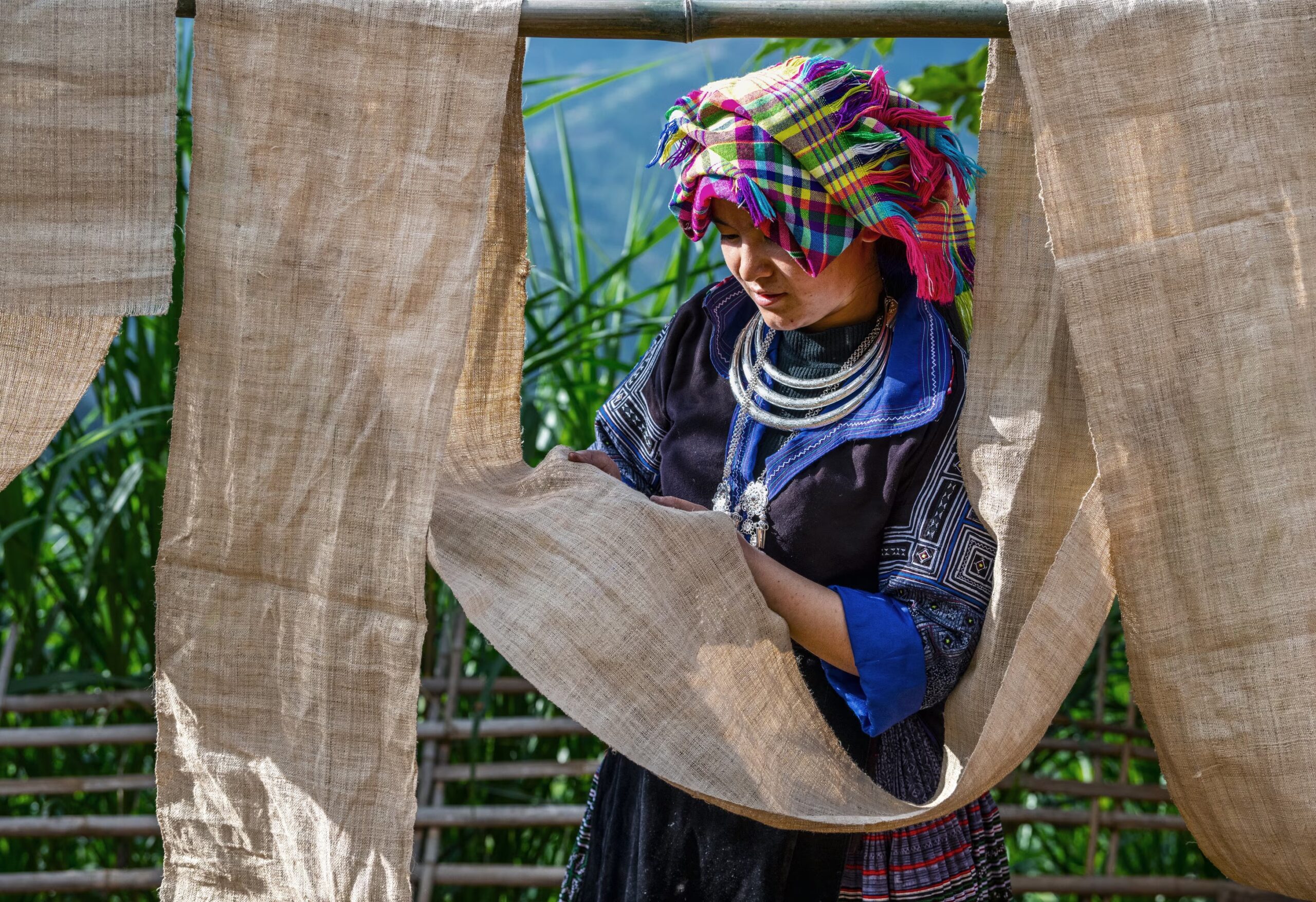
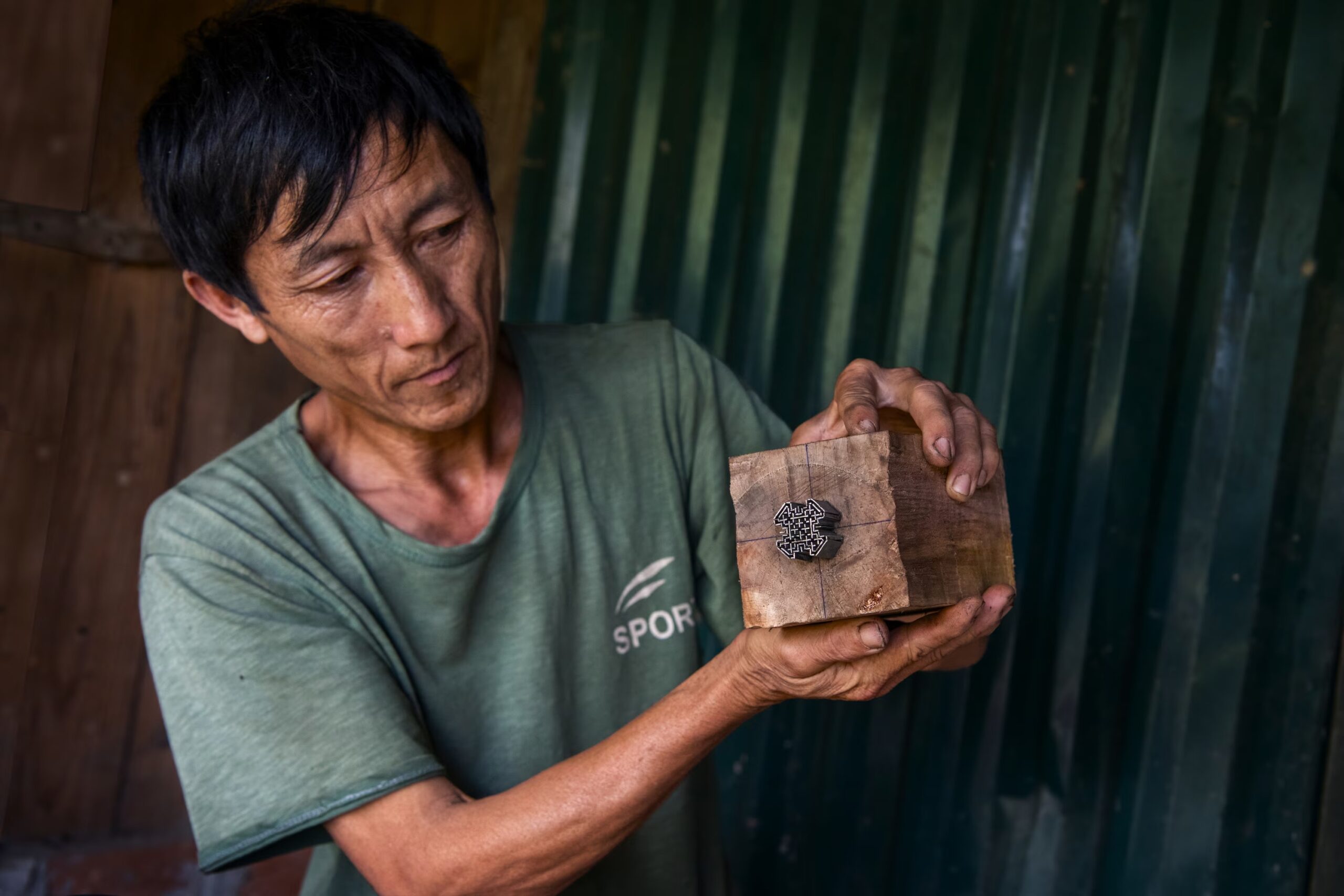
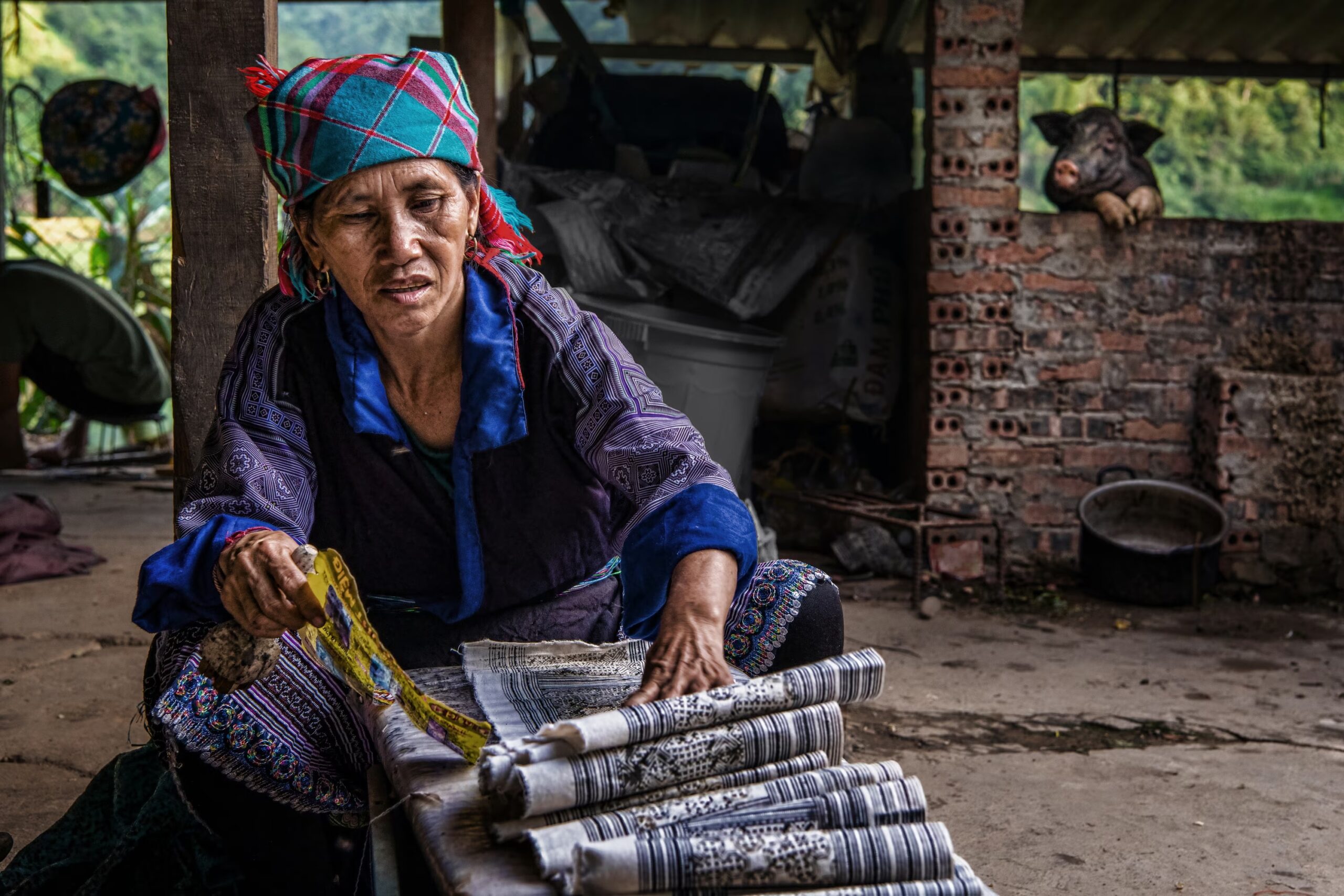
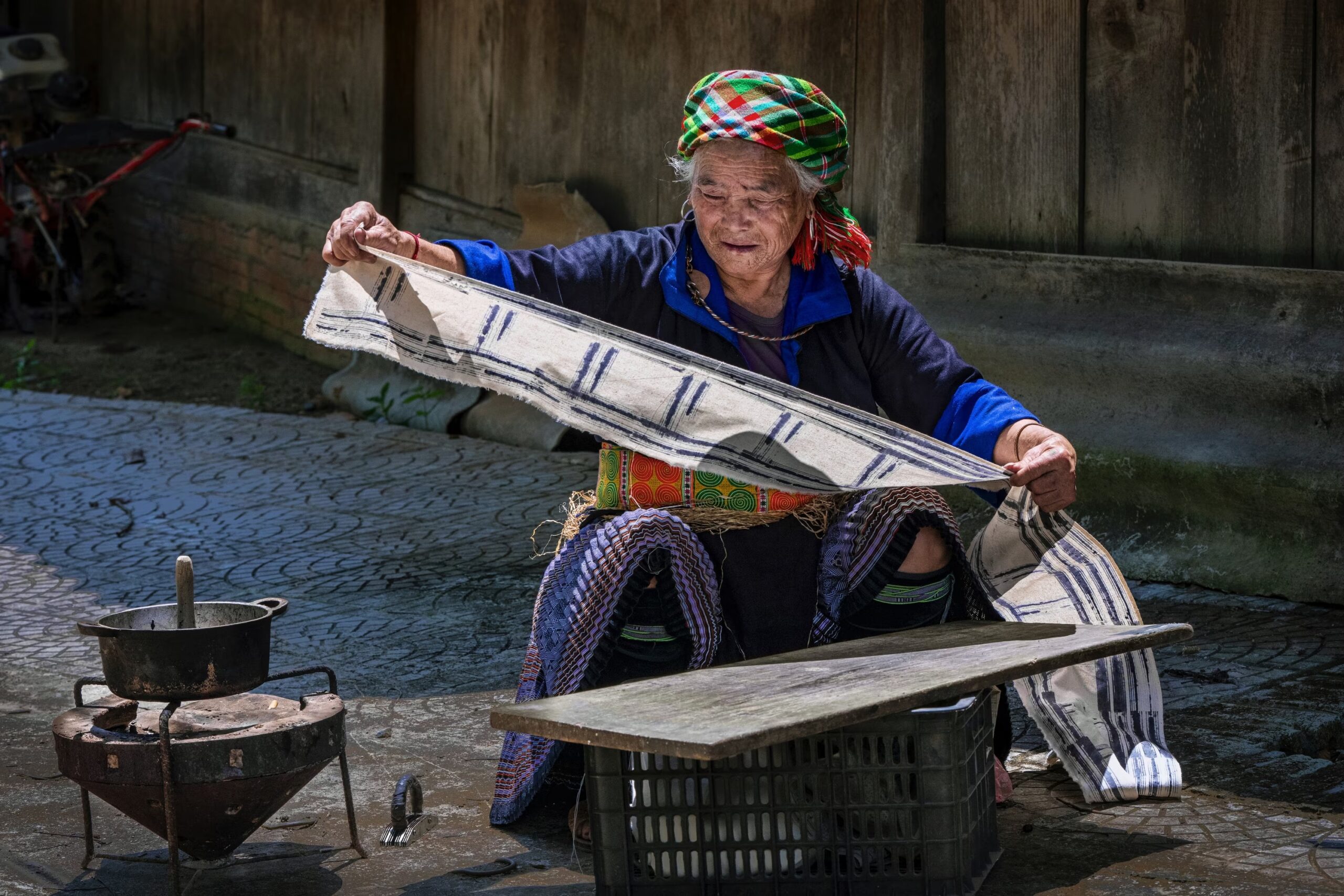
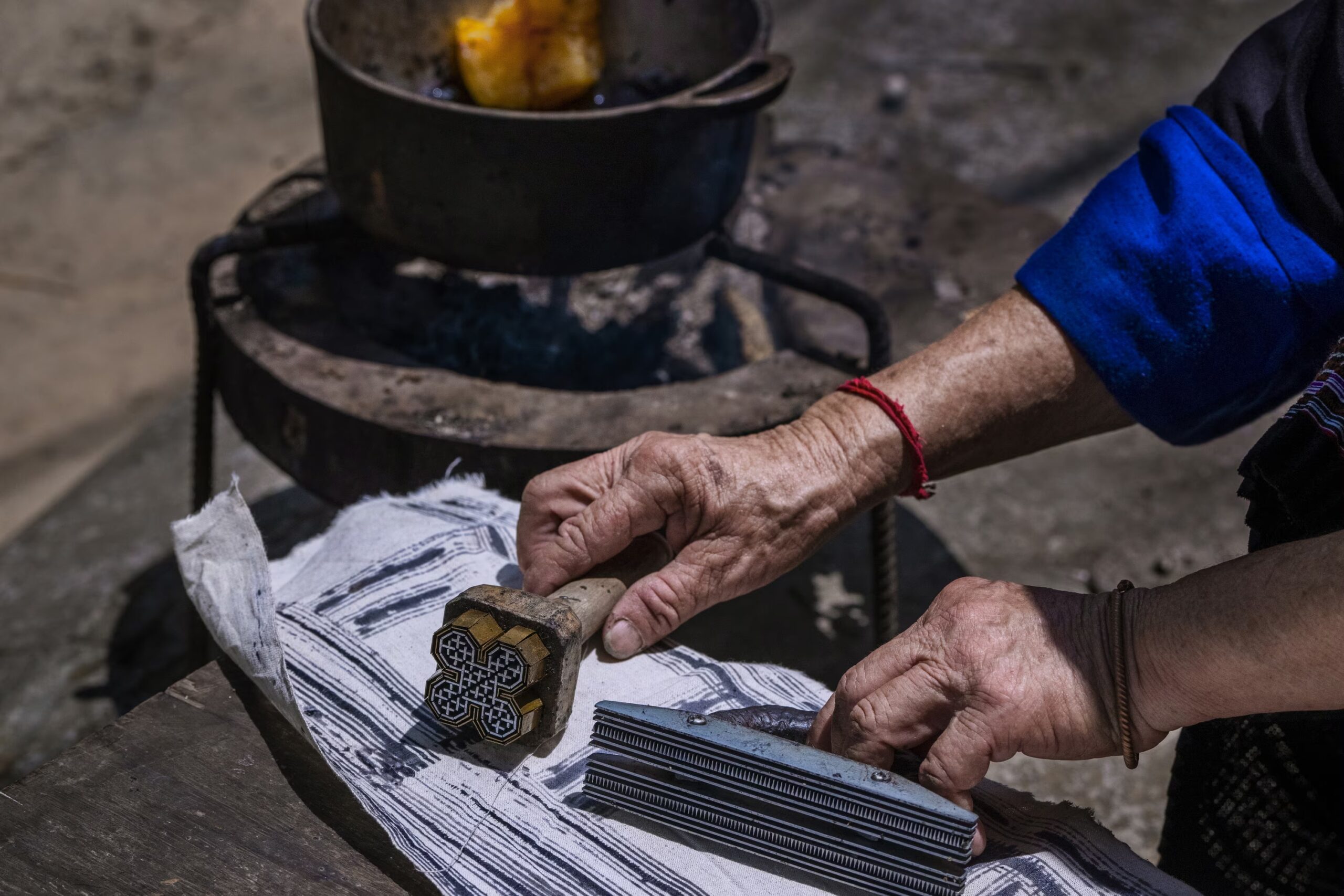


![[Photo] Cat Ba - Green island paradise](/_next/image?url=https%3A%2F%2Fvphoto.vietnam.vn%2Fthumb%2F1200x675%2Fvietnam%2Fresource%2FIMAGE%2F2025%2F12%2F04%2F1764821844074_ndo_br_1-dcbthienduongxanh638-jpg.webp&w=3840&q=75)



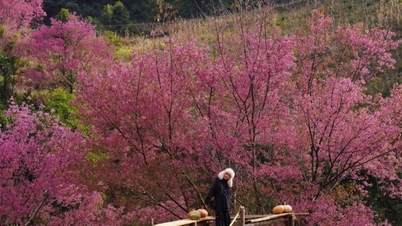

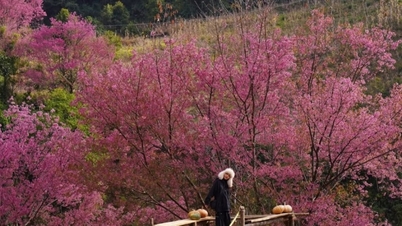

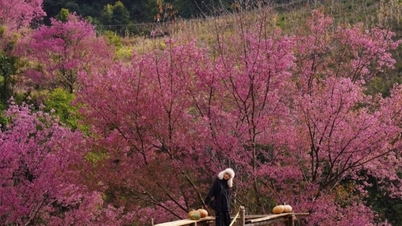

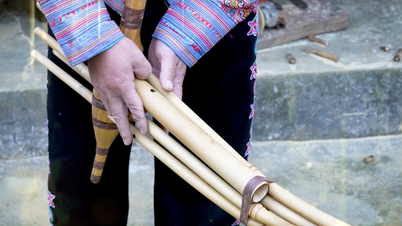

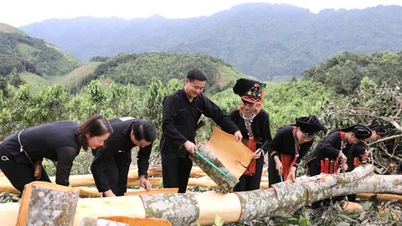






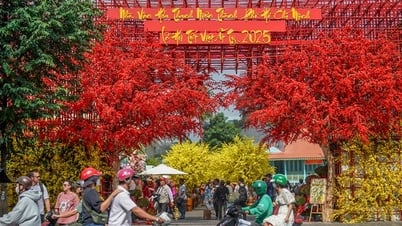
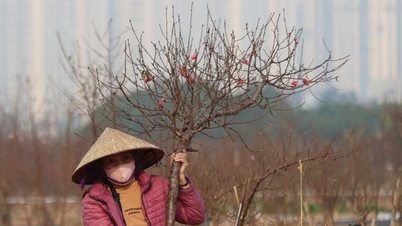















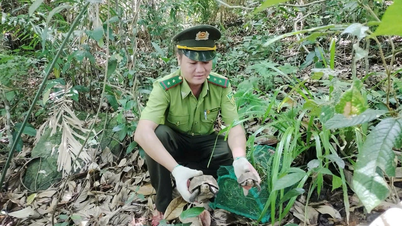


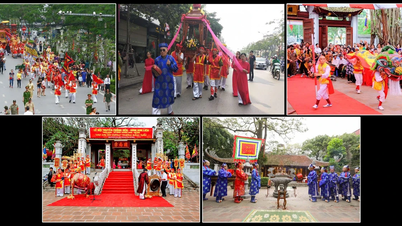



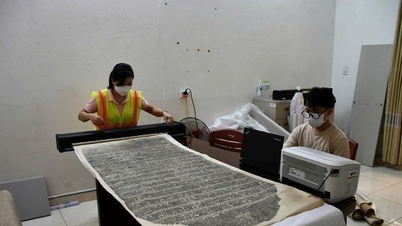



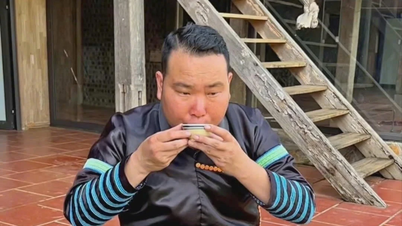








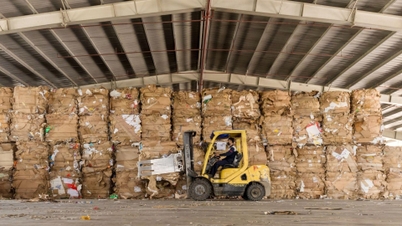




















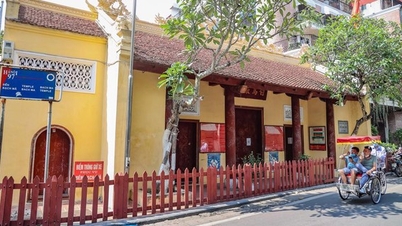







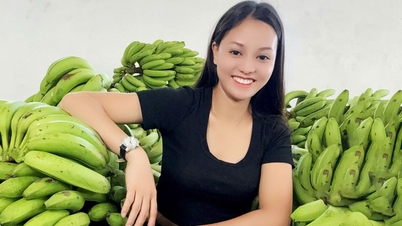
















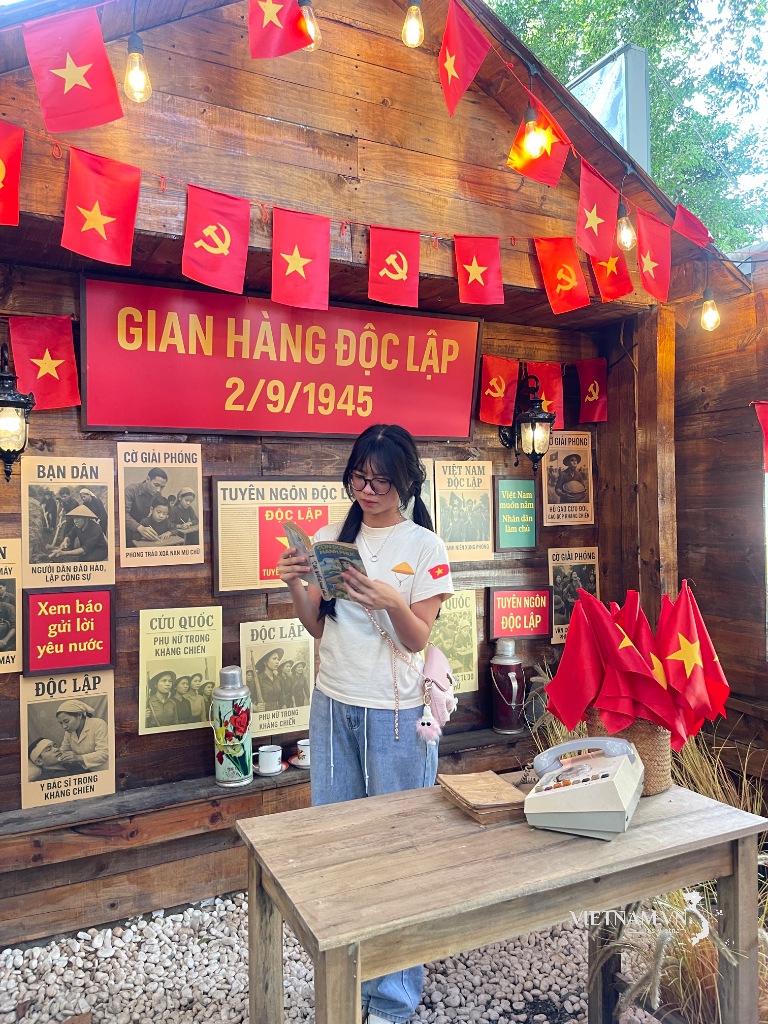



Comment (0)